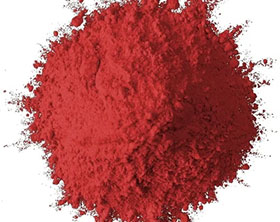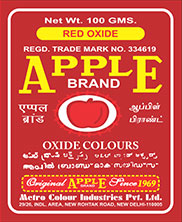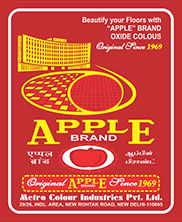

Synthetic iron oxide refers to iron oxide compounds that are produced through controlled chemical processes rather than being naturally occurring. These synthetic forms are often manufactured for specific applications in various industries. The most common synthetic iron oxide pigments are iron(III) oxide-based and come in a range of colors, including red, yellow, brown, and black.
Production Methods: Synthetic iron oxide pigments are typically produced through chemical precipitation or thermal decomposition processes. These methods allow for precise control over particle size, color, and other properties.
Color Variations: Different synthetic processes and conditions can result in a variety of colors, allowing manufacturers to produce pigments with specific hues and shades to meet the requirements of various applications.
Applications:
Stability and Performance: Synthetic iron oxide pigments generally exhibit good stability and performance characteristics, making them suitable for a wide range of applications. They are resistant to fading and degradation under various environmental conditions.
Particle Size Control: The synthetic production methods allow for control over the particle size of the iron oxide, influencing properties such as color intensity and dispersion.
Cost-Effectiveness: In some cases, synthetic iron oxide pigments can be more cost-effective than their natural counterparts, especially when specific color requirements need to be met.


